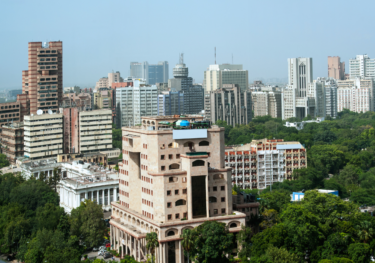US Inflation expected to be highest in Southern metros
We have recently added CPI estimates for selected major metros in the US to our US Cities and Regions Service. They shows notable historical variations in inflation between US cities. These differences have widened since 2020, coinciding with the period of high inflation nationally. As US inflation eases in our forecast, we expect metro inflation to return to historical trends relative to the US.
What you will learn:
- Metros that had higher inflation than the US average from 2015-2019 tended to be in the Pacific, Southwest, and South regions, including places like San Francisco, Phoenix, and Miami. Metros that saw lower than average inflation from 2015-2019 were generally in the Northeast and Midwest, such as New York and Chicago.
- The data suggest a key driver of the path of metro inflation since the Covid-19 outbreak has been net migration trends. Areas in the South and Southwest have seen greater in-migration and higher population growth since 2020. The resulting higher demand for housing has likely fueled the sharp rises in housing costs, leading to a greater acceleration in inflation in these areas.
- San Francisco and Los Angeles are exceptions in that they had above average inflation from 2015-2019, but with muted acceleration since 2020, their 2020-2023 inflation rates have fallen below the US average.
- Metros in the Pacific, Southwest, and South are forecast to see higher than average inflation. We expect San Francisco and Los Angeles to return to above average inflation as population effects since the Covid-19 outbreak reverse.

Tags:
Related Posts

Post
Americans are flocking to metros with a high risk of natural disasters
Instead of moving away from the riskiest regions of the country, people in the US continue to move into metros with high climate-related risks.
Find Out More
Post
Job growth is slowing, but disparities persist across cities
Labour markets are forecast to cool across the world's major cities this year, marking the end of the Covid-19 catchup for some while others face the effects of demographic constraints. This trend of cooling employment growth is expected to largely continue over 2024–2028—with a few notable exceptions—but cities are still set to outperform their national economies.
Find Out More
Post
Major cities driving job growth over the medium term
2024 has been a year of cooling labour markets for most of the world’s major cities, a trend we expect will persist through to 2028. However, within this theme of global cooling, there are several bright spots,
Find Out More